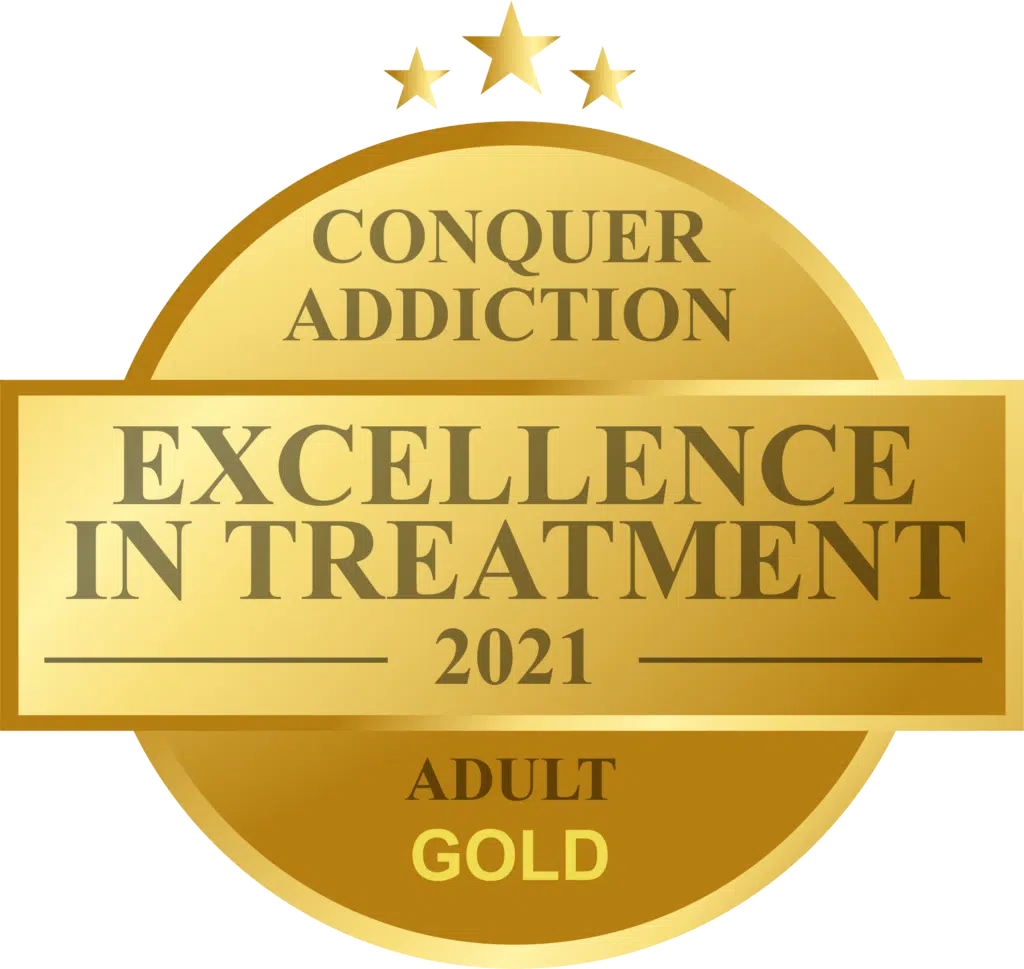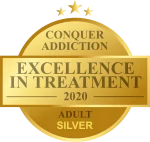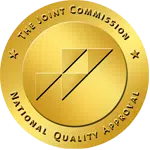Addiction is a family issue that doesn’t just affect the addict. It is something that every member of the family has to deal with in his/her own way ant this dysfunction is a constant issue within the family. Each family member needs to deal with their own issues surrounding addiction. Attending therapy, Alanon, Alateen, and Codependency meetings can all be extremely healing for all as they help educate the family about the disease of addiction. They also help the family unit develop a strong sense of support to halt enabling behaviors and build healthy communication.
Often when there is dysfunction within the family unit it isn’t just the addict that takes on a certain role, but so do other family member. These roles develop because the family is subconsciously trying to get back to a level of homeostasis. These roles can be identified as “The Enabler,” “The Hero,” “The Scapegoat,” “The Mascot” and “The Addict.”
The Enabler can be a non-using spouse, the oldest child or the child closet to the substance abuser. This person often encourages or enables negative or self-destructive behavior in the addict and may include making excuses for the addict in social and business situations, or even helping the addict pay for their drugs of choice. The enabler is often in denial about the severity of the addiction and continues to make excuses for the addict. These behaviors are a defense mechanism in an effort to present a picture of ease to those outside the nuclear family.
The Hero tends to be the person who appears confident, overachieving and yet serious, and they often take on the role of a parent. These responsibilities can include taking care of younger siblings and looking after the non-substance-abusing parent. “The Hero” often feels that he/she needs to take on more and more responsibility and is often a perfectionist at heart. These outward behaviors often reveal feelings of inadequacy stress and guilt that the individual has internalized.
The Scapegoat is often the child who acts out with oppositional and deviant behaviors, and these behaviors are often a way to deflect the negative experiences that are happening at home. They are a way for the child to cope with the chaotic environment at home. This child or member of the family often feels anger and resentment toward the substance abuser in the home.
The Mascot is often the child who uses comedy to deal with uncomfortable and difficult situations at home. By bringing a sense of relief to the family with his/her humor he/she continues to sacrifice his/her own needs to maintain some form of normalcy.
The Lost Child tends to be withdrawn and does not appear to connect very well with the other family members. He or she may have difficulty engaging with others and developing social skills. As a result this child disengages from the negative and chaotic home environment.
It is important to be aware that these roles that are often established in childhood and these behavioral patterns can also play out into our adulthood. It is because of this that treatment for all members of the family system is recommended. Some content is references from rehab.com.
888-535-1516
















